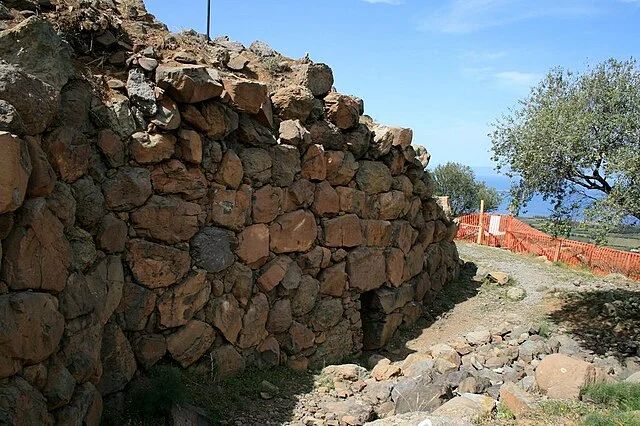Nuraghe Sa Domu ‘e S’Orcu is a significant archaeological site located in the region of Barbagia in Sardinia, Italy. This ancient structure dates back to the Nuragic civilization, which flourished from approximately 1800 BC to 238 BC. The site exemplifies the unique architectural style and social organization of the Nuragic people.
Get your dose of History via Email
Architectural Features
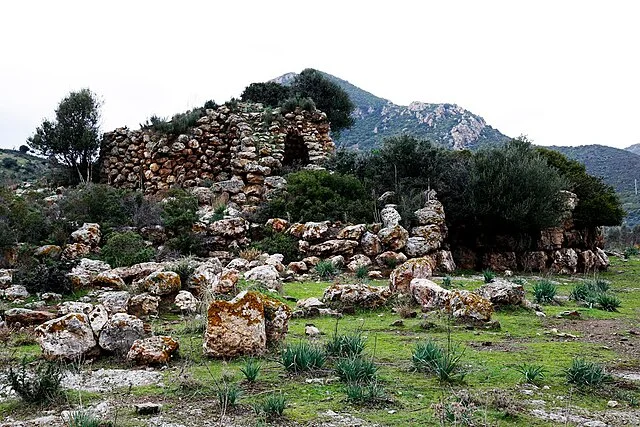
The Nuraghe consists of a central tower and several surrounding structures. The tower stands about 10 meters tall and features a conical shape. Its walls are constructed from large, irregularly shaped stones. These stones, called “trachyte,” were sourced locally. The construction technique reflects the sophisticated skills of Nuragic builders.
Inside the tower, the main chamber contains a corbelled roof. This design allowed for a significant height without the need for supporting columns. Additionally, the chamber features a circular opening at the top, which provided natural light and ventilation. Archaeologists believe that the interior served various ceremonial and social functions.
Historical Context
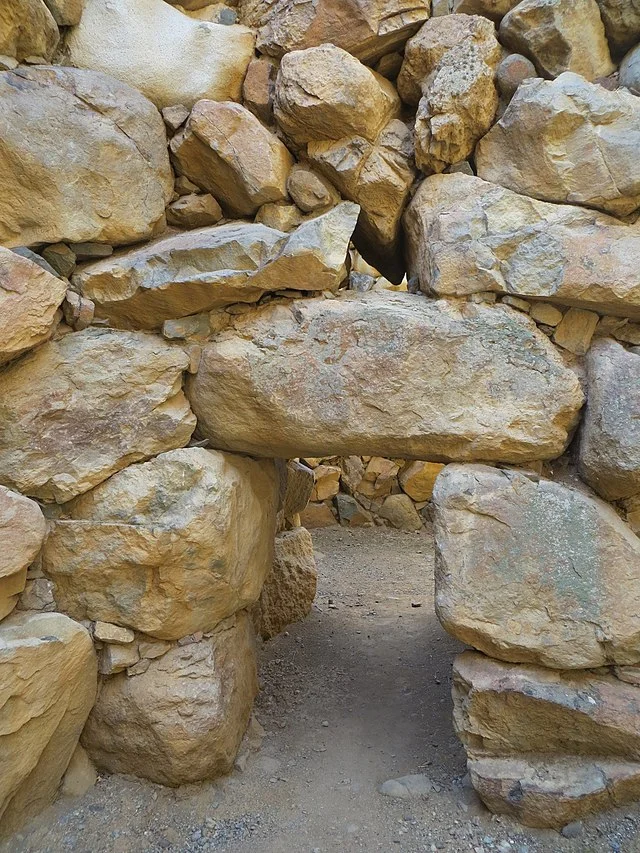
The Nuragic civilization emerged around 1800 BC. It is characterized by its distinctive stone towers, known as nuraghi, which served as defensive structures and symbols of power. The society was likely organized into clans or tribes, with each tribe constructing its own nuraghe.
Nuraghe Sa Domu ‘e S’Orcu may have played a crucial role in the local political landscape. Its size and location suggest that it could have served as a stronghold for a prominent clan. The site also reflects the broader trends of social complexity and territoriality during the Nuragic period.
Archaeological Discoveries
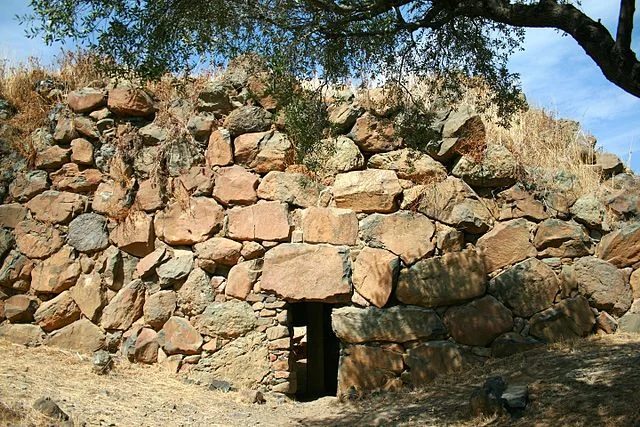
Excavations at Nuraghe Sa Domu ‘e S’Orcu have revealed various artifacts. These include pottery fragments, tools, and religious items. The pottery dates from the Bronze Age to the Iron Age, indicating continuous use and adaptation of the site.
In addition to everyday objects, archaeologists discovered several altars and ritual spaces. These features suggest that the site held religious significance. Ritual practices likely involved offerings to deities or ancestors, reflecting the spiritual beliefs of the Nuragic people.
Preservation and Significance
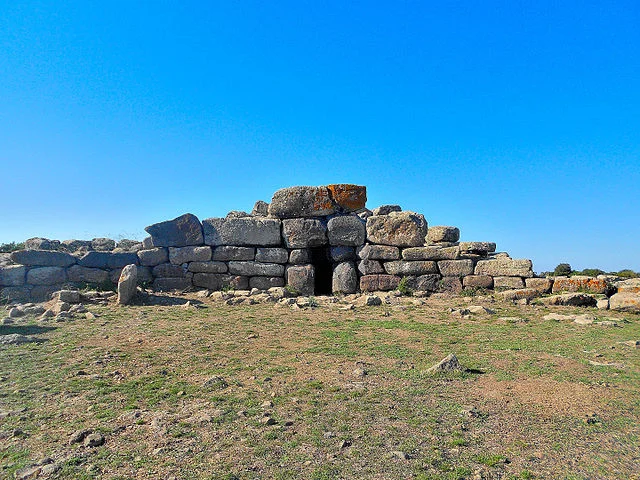
Today, Nuraghe Sa Domu ‘e S’Orcu is a protected archaeological site. It attracts researchers and visitors interested in Sardinia’s ancient history. The site is crucial for understanding the Nuragic civilization’s architecture, social structure, and religious practices.
Preserving such sites is essential for future research. Continued study can yield insights into the technological advancements and cultural practices of the Nuragic people. Efforts to maintain the site ensure that it remains a vital resource for historians and archaeologists.
Conclusion
Nuraghe Sa Domu ‘e S’Orcu represents a critical part of Sardinia’s archaeological heritage. Its unique architectural features and historical significance provide valuable information about the Nuragic civilization. As research continues, the site will likely reveal even more about this fascinating period in history.
Source:

